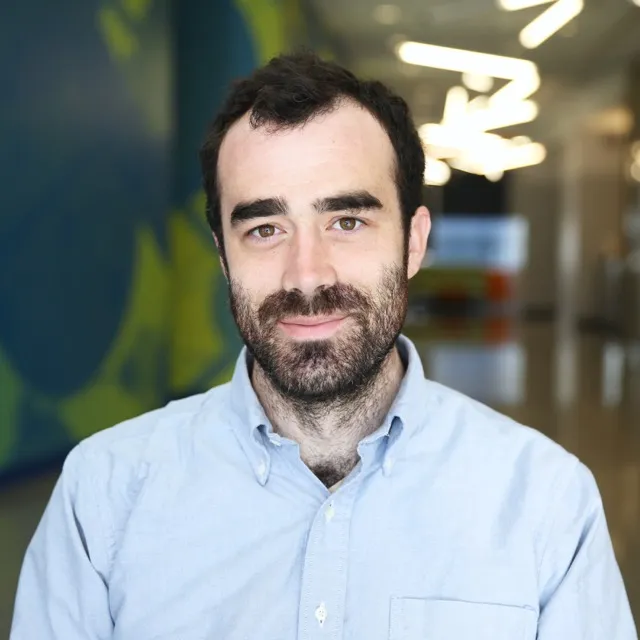Rory Donovan-Maiye
I work at the Allen Institute for Artificial Intelligence on AI for biology and human health.
Previously, I was at Novo Nordisk, training and applying multimodal biological foundation models to extracting knowledge from high dimensional experimental data.
Before that, I was a Sr. Modeling Scientist at the Allen Institute for Cell Science and a postdoc at the Institute for Systems Biology with the Hood-Price Lab.
I went to grad school at CMU & Pitt, where I was advised by Dan Zuckerman, and worked with Jim Faeder, Chris Langmead, Markus Dittrich, Bob Murphy, and Takis Benos.
Selected Publications
Enhancing generative perturbation models with LLM-informed gene embeddings
ICLR 2024 Workshop on Machine Learning for Genomics Explorations • 2024
Integrated intracellular organization and its variations in human ips cells
Nature • 2023
A deep generative model of 3d single-cell organization
PLOS Computational Biology • 2022
Cell states beyond transcriptomics: Integrating structural organization and gene expression in hipsc-derived cardiomyocytes
Cell Systems • 2021
Atlas of transcription factor binding sites from encode dnase hypersensitivity data across 27 tissue types
Cell Reports • 2020
Systematic testing of belief-propagation estimates for absolute free energies in atomistic peptides and proteins
Journal of Chemical Theory and Computation • 2017
Biophysical comparison of atp synthesis mechanisms shows a kinetic advantage for the rotary process
Proceedings of the National Academy of Sciences • 2016
Unbiased rare event sampling in spatial stochastic systems biology models using a weighted ensemble of trajectories
PLoS Computational Biology • 2016
Learning mixed graphical models with separate sparsity parameters and stability-based model selection
BMC Genomics • 2014
Efficient stochastic simulation of chemical kinetics networks using a weighted ensemble of trajectories
The Journal of Chemical Physics • 2013
